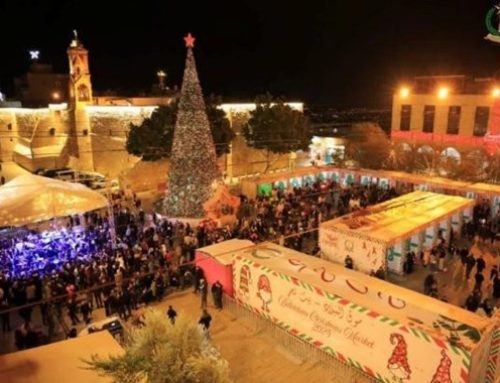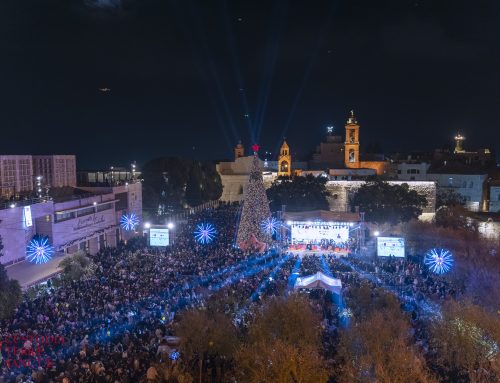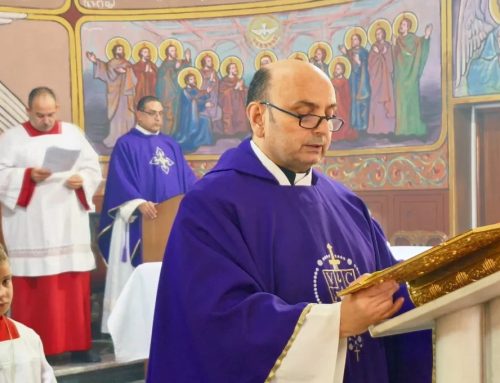A Syrian desert monastery that was once a hub for interfaith dialogue, attracting tens of thousands, has reopened to visitors after more than a decade of war and isolation.
“We yearn for people to return. We want to see them pray and meditate with us once more, so that they may find here a space for calm, silence and contemplation,” Father Jihad Youssef told AFP, his voice echoing through the dark, empty halls of the monastery he heads.
In 2010, 30,000 people visited Deir Mar Moussa Al-Habashi (St Moses the Ethiopian), a 7th century monastery perched atop a barren, rocky hill about 100 kilometres (62 miles) north of Damascus.
But the onset of civil war in 2011 and the disappearance of Father Paolo Dall’Oglio, who had led and revived the community since 1982, scared away visitors for nearly a decade.
With security having improved in surrounding areas, the monastery reopened its doors to visitors this month.
They must climb 300 steps to reach the stone monastery, built on the ruins of a Roman tower and partly carved into the rock.
It has an 11th century church adorned with icons, ancient murals and writing in Arabic, Syriac and Greek that says “God is love” and “in the name of God, the Compassionate, the Merciful” – a phrase that serves as Muslim praise to God.
Symbol of coexistence
Dall’Oglio hosted interfaith seminars at the monastery, where the Christian minority and Muslims used to pray side by side, turning it into a symbol of coexistence that attracted visitors and worshippers for three decades.
The Italian Jesuit priest was expelled from Syria in 2012 for supporting a mass anti-government uprising, but returned a year later.
He disappeared in the summer of 2013, on his way to the headquarters of the group that later became known as the Islamic State in the city of Raqa, where he had gone to plead for the release of kidnapped activists.
Dall’Oglio’s practice of inter-religious coexistence was the exact opposite of the intolerant, murderous extremism of IS.
He was reported to have been executed and his body dumped in a crevice soon after his capture, but his death was never confirmed by any party.
“IS most likely kidnapped him. We do not know for sure whether he is alive or dead,” Youssef said, adding that no one contacted the monastery to demand ransom.
https://english.alaraby.co.uk/






